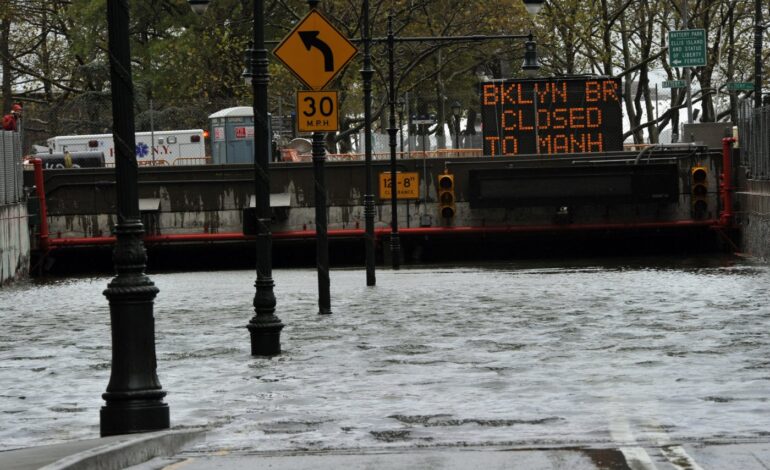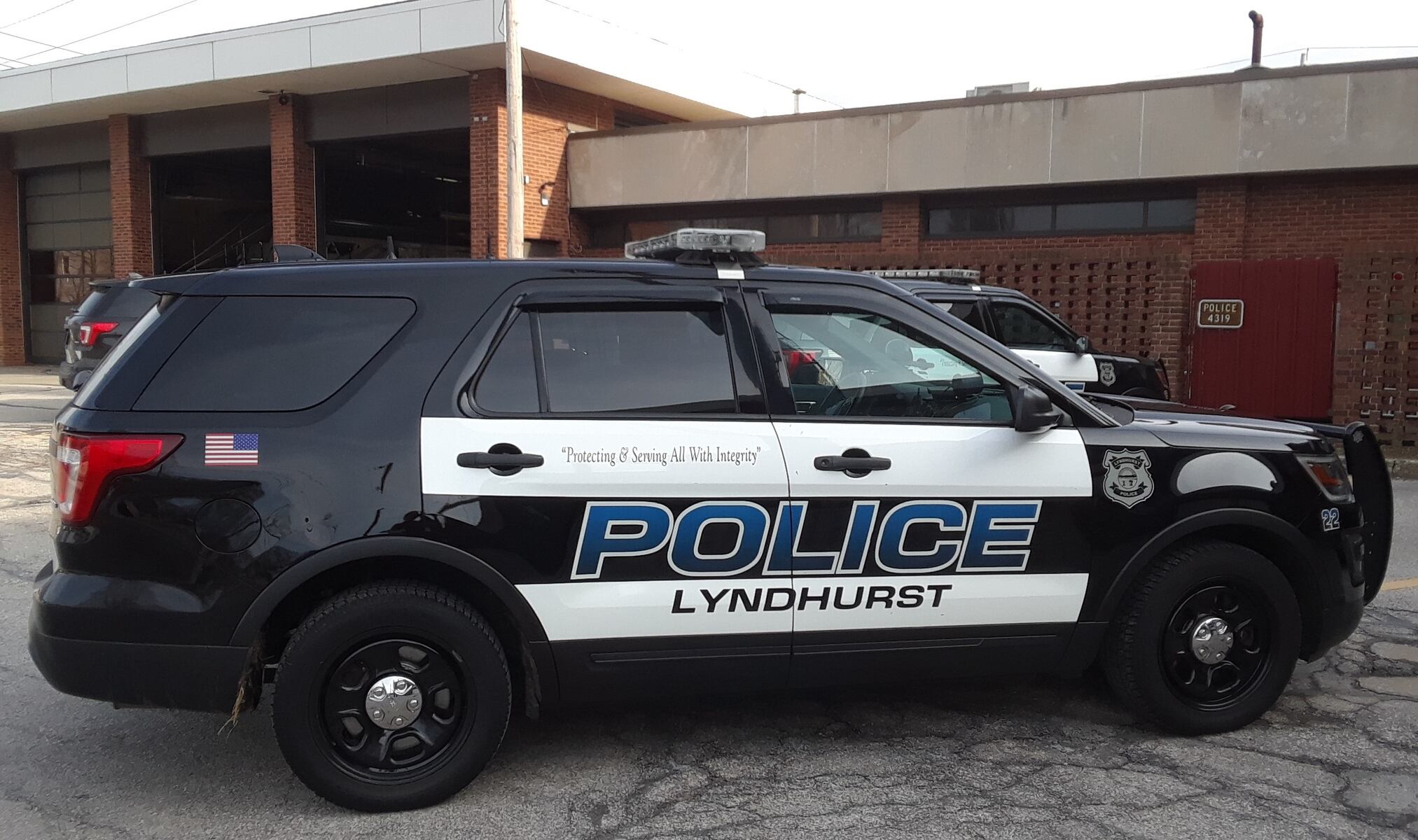NYC Marks 13 Years Since Sandy with Plans for Coastal Resilience

Tomorrow, October 29, marks the thirteenth anniversary of Superstorm Sandy, a devastating event that flooded Lower Manhattan and inflicted over $70 billion in damages—equivalent to approximately $95 billion today. The storm underscored the urgent need for improved infrastructure to address the increasing threats posed by climate change. While significant progress has been made in restoring and protecting New York City’s coastline since 2012, the necessity for ongoing adaptation remains critical.
The vulnerability of urban areas like New York reflects a broader national crisis. In 2024 alone, the United States experienced 27 catastrophic climate disasters, resulting in hundreds of fatalities and billions in damages. Such events have become alarmingly routine, with even moderate storms causing significant flooding in subways and streets. High tides along Manhattan’s West Side can inundate parts of the neighborhood during a full moon, further highlighting the city’s precarious position.
To combat these challenges, the Battery Park City Authority (BPCA) is spearheading two key resiliency projects as part of the Lower Manhattan Coastal Resiliency initiative. These efforts are not merely theoretical; they are currently in progress and informed by extensive community dialogue. The aim is to develop practical solutions that avoid the pitfalls of bureaucratic delays.
One notable success is the reopening of Wagner Park, a cherished green space in Battery Park City, which has once again become a vibrant hub for residents. Elevated above the 100-year floodplain, the park now features a concealed floodwall, a modern stormwater management system, and a 63,000-gallon rainwater reuse tank. These enhancements not only benefit the immediate area but also bolster protections for Lower Manhattan against future storms, taking into account projected sea level rise.
In the coming months, the North/West Battery Park City Resiliency Project will commence, establishing a vital coastal flood risk management system. This innovative structure will serve as a passive control barrier, requiring no human intervention during severe weather events. Additionally, it aims to preserve the waterfront, enhance open public spaces, and ensure universal access, all while minimally impacting existing infrastructure.
The history of collaboration in New York City demonstrates that aspirations can yield significant public benefits. Following the September 11 attacks, a vision for rebuilding the Port Authority-owned land faced considerable challenges, including competing priorities and budget constraints. Ultimately, decisive leadership led to the completion of the World Trade Center and the 9/11 memorial, which were unveiled in time for the tenth anniversary, serving as a testament to the city’s resilience and architectural ambition.
Transforming essential public assets in densely populated areas is no easy task. However, with a methodical approach grounded in scientific research and shaped by community feedback, successful outcomes are achievable. The BPCA has long engaged with local residents and businesses to gather insights, ensuring that the final designs reflect the community’s priorities and needs.
Cities across the nation contemplating large-scale resiliency projects can look to Battery Park City as a model. The intricate designs of the south and north/west sections are poised to deliver substantial benefits, protecting the homes of tens of thousands of New Yorkers and safeguarding vital infrastructure, including the World Trade Center. These improvements will mitigate flooding risks, counter projected sea level rise, and help regulate extreme heat in the area.
By removing Battery Park City from the flood zone, homeowners will benefit from reduced financial burdens, such as the elimination of flood insurance requirements for federally backed mortgages. Moreover, the reconstruction of approximately 1,200 feet of bulkhead will enhance habitats that support marine life, a crucial component of the ecosystem. The project is also financially sound, with an anticipated return of more than $2 in benefits for every dollar invested.
The ongoing work in Battery Park City is complemented by similar resiliency initiatives on Manhattan’s East Side, aimed at bolstering low-lying areas against flood risks and rising sea levels. While these efforts are monumental, recent successes, such as the revitalization of Wagner Park and advancements in the East Side Coastal Resiliency Project, demonstrate that transformation is possible while enhancing public spaces.
As the city reflects on the lessons learned from Superstorm Sandy, it is imperative to remain focused on implementing effective solutions. Neighborhoods throughout New York City, and cities nationwide, can draw inspiration from Battery Park City’s approach to navigating bureaucratic challenges and achieving meaningful progress in climate resilience.






